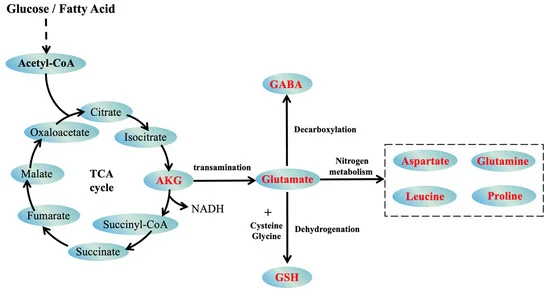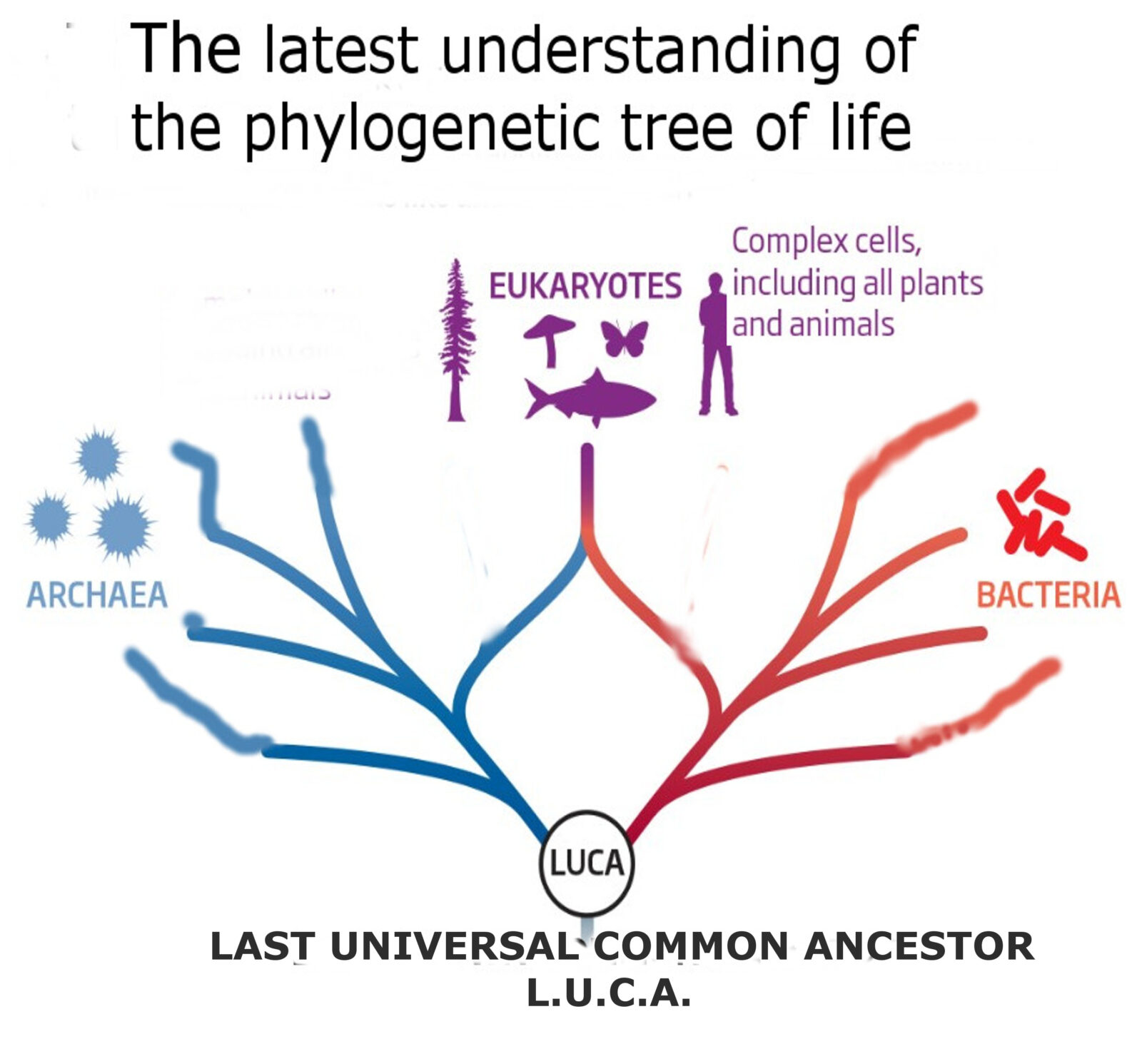Abstract
A growing body of evidence challenges the conventional view that aging is merely an accidental byproduct of essential genes and metabolic processes. Instead, this paper revisits a long-overlooked 1998 hypothesis that posited aging is modular—composed of multiple, independently evolved systems that each co-opt the vulnerabilities of the last. Fresh insights are developed concerning short LARP1 (Horvath’s #1 pro-aging gene with an unusual RNA binding site on the protein) a scarcely studied nuclear lncRNA that likely truncates ATM and XP/CS mRNAs and downregulates/prevents the production of WRN by interfering with mRNA spliceosome functions. From these insights, how aging proceeds in at least four evolutionary waves is revealed. System #1 (plant-like vascular/structural decline) appears vestigial in humans, overshadowed/co-opted by Horvath’s universal epigenetic clock. System #2 centers on mitochondrial dysfunction in motile organisms. System #3, tied to advanced DNA repair and immune function, propels progeroid syndromes such as ataxia telangiectasia Cockayne syndrome, and xeroderma pigmentosum. Finally, system #4—emerging alongside sexual reproduction—dominates in Werner’s syndrome, unifying older pathways with newfound genomic instability.
In highlighting short LARP1’s proposed ability to sabotage crucial mRNA splicing leading to defective repair and structural proteins, a surprising synergy is illuminated: these sequentially-evolved senescence pathways act less like random breakdowns and more like a deliberate “orchestra” of aging. Each system is associated with one of the canonical Yamanaka factors (KLF4, Sox2, c-Myc, and Oct4), underscoring the developmental roots of senescence. Far from dismissing aging as a mere trade-off under antagonistic pleiotropy, new evidence is presented consistent with an evolutionarily conserved program—one that likely offers local species-level benefits in predator-rich ecosystems by preserving genetic and phenotypic diversity by preventing excessive, homogenizing contributions to the gene pool by single individuals. The same selection pressure also selects for menopause in humans and declining fertility in animals with aging. Interestingly, the same evolutionary logic that explains aging’s adaptive role applies to the advantage of sexual over asexual reproduction, as sexual reproduction further accelerates genetic (via recombination) and phenotypic diversity and bolsters resilience against evolving predators. For gerontologists, evolutionary theorists, and epigenetic researchers alike, this framework suggests that aging emerges from deeply adaptive, multi-layered processes rather than serendipitous decline, opening avenues for therapeutic disruption and a deeper understanding of life’s final act.
Abstract:
This groundbreaking article presents a unified theory of aging that integrates evolutionary biology, epigenetics, and metabolic regulation, offering a paradigm shift in our understanding of senescence. By synthesizing recent research on Horvath’s epigenetic clock, the GABA-glutamate-αKG axis, and the evolutionary layers of aging systems, the authors propose a compelling model where hormonal changes trigger the expression of short LARP1, a key orchestrator of four distinct aging systems. The theory elucidates how luteinizing hormone (LH), human chorionic gonadotropin (hCG), and follicle-stimulating hormone (FSH) differentially activate these systems, explaining gender-specific aging patterns. Furthermore, it reveals the unexpected role of SP-1 in linking sexual maturation to aging through regulation of MAO-A, MAO-B, and WRN. This comprehensive framework not only explains the acceleration of aging but also identifies novel therapeutic targets, potentially revolutionizing anti-aging interventions. By connecting hormonal changes, metabolic imbalances, and epigenetic dysregulation into a cohesive aging program, this article challenges long-held beliefs about the nature of aging and opens new avenues for extending healthspan and lifespan1.
Abstract
What if aging isn’t just a random failure of worn-out cells, but rather a four-layered design embedded in our DNA from the earliest chapters of life on Earth? This article uncovers startling clues that point to a single, ancient partnership between archaea and bacteria—both essentially “immortal” when solitary—as the evolutionary spark that ignited multicellularity, predation, sex, and aging. By tracing life’s major leaps from fermentation-based “plant-like” ancestors to the mitochondrial energy revolution, from advanced DNA-repair machinery to the rise of sexual reproduction with its own master aging regulator (WRN), we find that aging may have emerged in four distinct evolutionary waves. Each wave appears to have etched its own “choke points” into the biology of today’s humans, showing up dramatically in diseases like progeria and Werner’s syndrome.
Beyond a mere historical narrative, these insights offer a powerful lens through which to view—and potentially reverse—the aging process. They also challenge the conventional wisdom that aging is merely wear-and-tear, suggesting instead that it may be at least partly “designed” for a purpose: to keep populations genetically nimble in the face of ever-evolving predators and environments. If you’re an aging researcher or a bold biology professor hungry for revolutionary concepts, this synthesis of cutting-edge evolutionary data and provocative experimental evidence (including a case of a spontaneously imploding rat tumor) promises to make you rethink the very nature of cellular senescence—and how we might learn to outmaneuver it.
Abstract
In this study, we unveil a universal blueprint of aging by analyzing Horvath’s 48 pivotal epigenetic aging genes alongside their prevalence in PubMed searches for key aging-related terms. Our data reveal a two-tiered genetic architecture: a core group of epigenetic “hubs” (including HDAC2, PRC2, c‐JUN, CTCF, and NANOG) that consistently surface across multiple conditions—from progeria to mitochondrial dysfunction—and a series of niche-specific genes that exhibit striking condition-targeted spikes. These findings suggest that while a handful of master regulators orchestrate the broad symphony of cellular senescence, other genes fine-tune specific pathways, such as neurodegeneration, cancer, and hormonal dysregulation. By mapping these differential patterns, our work provides a comprehensive framework that not only deepens our understanding of the molecular drivers of aging but also spotlights promising targets for therapeutic intervention. This “genetic symphony” of senescence, with its universal chords and specialized solos, offers fresh insights into the evolutionary conservation of aging processes and paves the way for innovative strategies in aging research.

